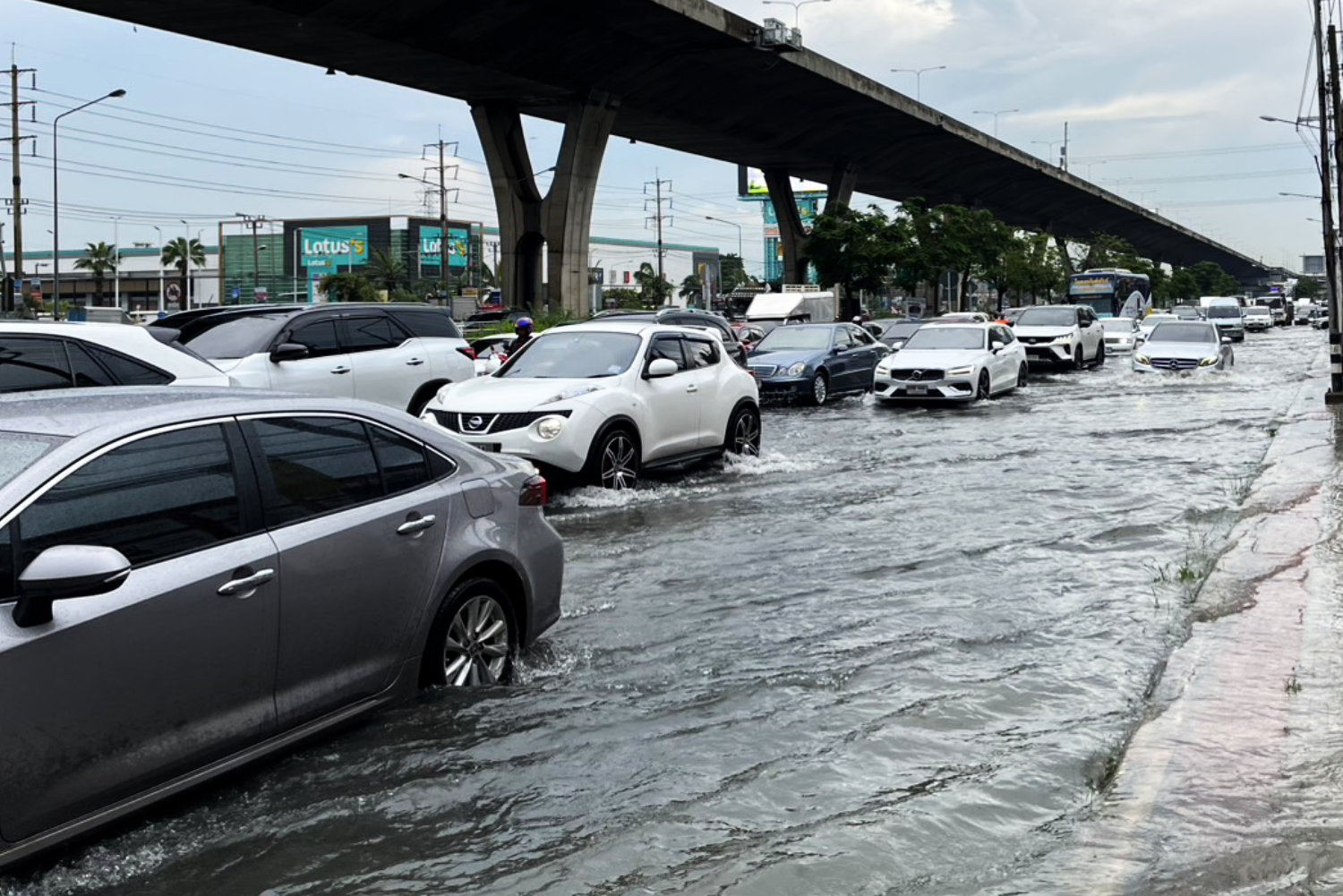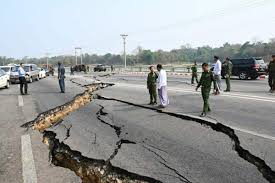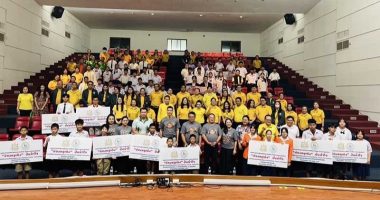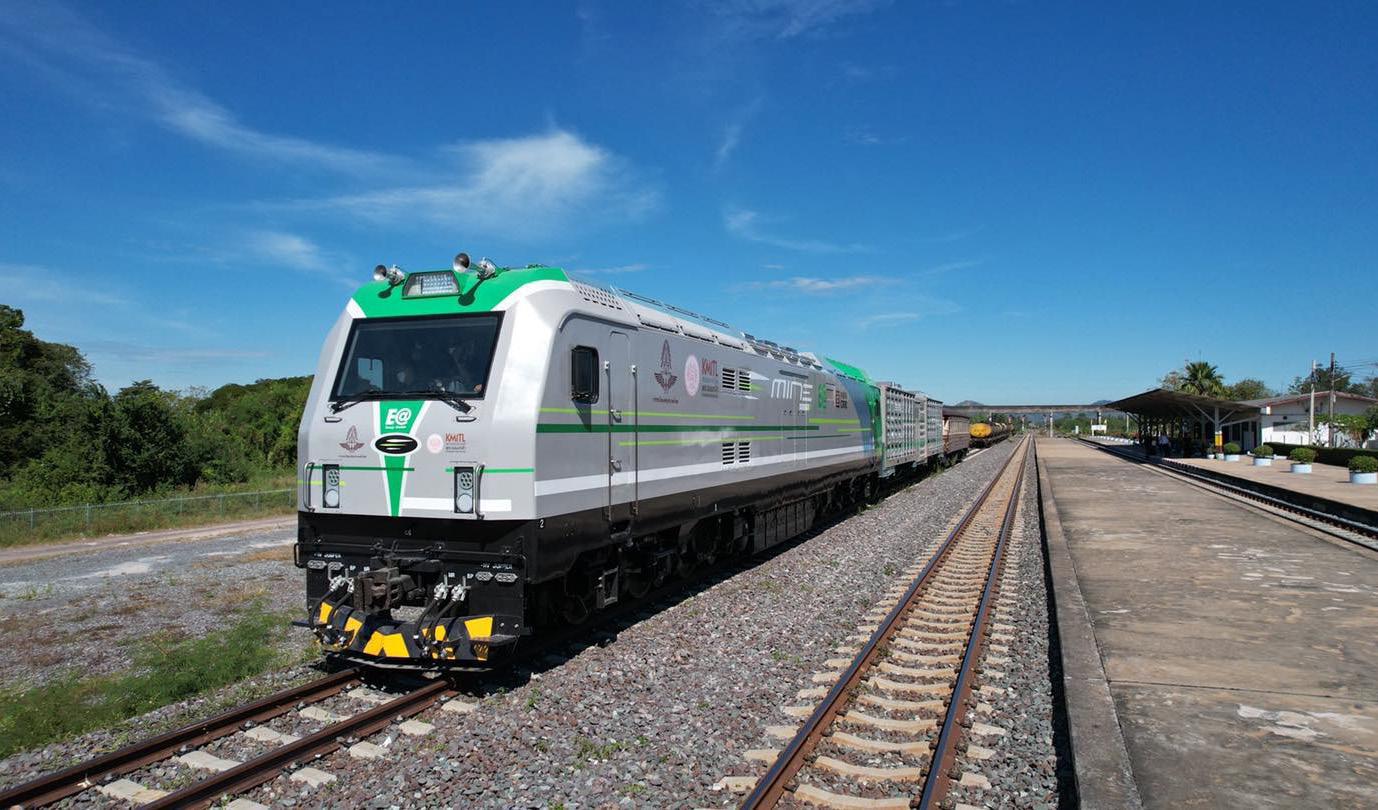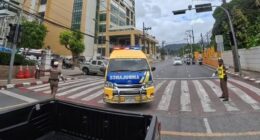Persistent Rainfall Disrupts Bangkok Commutes
Bang Na-Trat Road Faces Gridlock
On May 17, 2025, relentless rain has brought traffic to a standstill on Bang Na-Trat Road, one of Bangkok’s busiest arteries. The continuous downpour has overwhelmed drainage systems, leading to widespread flooding and severe delays. Commuters report hours-long delays, with vehicles crawling through waterlogged streets. This weather-related chaos underscores the challenges of urban infrastructure during Thailand’s rainy season.
Impact on Daily Life and Businesses
Flooding Halts Normal Operations
The gridlock on Bang Na-Trat has disrupted daily routines, affecting workers, students, and businesses alike. Delivery services and logistics companies face significant delays, impacting local commerce. Many residents are forced to seek alternative routes, only to encounter similar congestion elsewhere. The heavy rainfall highlights the need for improved urban planning to mitigate the effects of seasonal flooding on Bangkok’s roadways.
Authorities Respond to Crisis
Efforts to Ease Traffic and Flooding
Local authorities are deploying traffic police and emergency crews to manage the situation on Bang Na-Trat. Pumps are being used to clear floodwater, but progress is slow due to the intensity of the rain. Public advisories urge drivers to avoid the area and use public transport where possible. These measures aim to alleviate the immediate crisis while raising questions about long-term solutions for flood-prone zones.
Calls for Infrastructure Improvements
Addressing Bangkok’s Flooding Challenges
The traffic chaos has sparked renewed calls for infrastructure upgrades to better handle heavy rainfall. Residents and urban planners are advocating for enhanced drainage systems and elevated roadways to prevent future gridlocks. The situation on Bang Na-Trat serves as a reminder of the urgent need for sustainable urban development to ensure Bangkok remains functional during extreme weather. Community voices are growing louder, demanding action to protect the city’s mobility.
